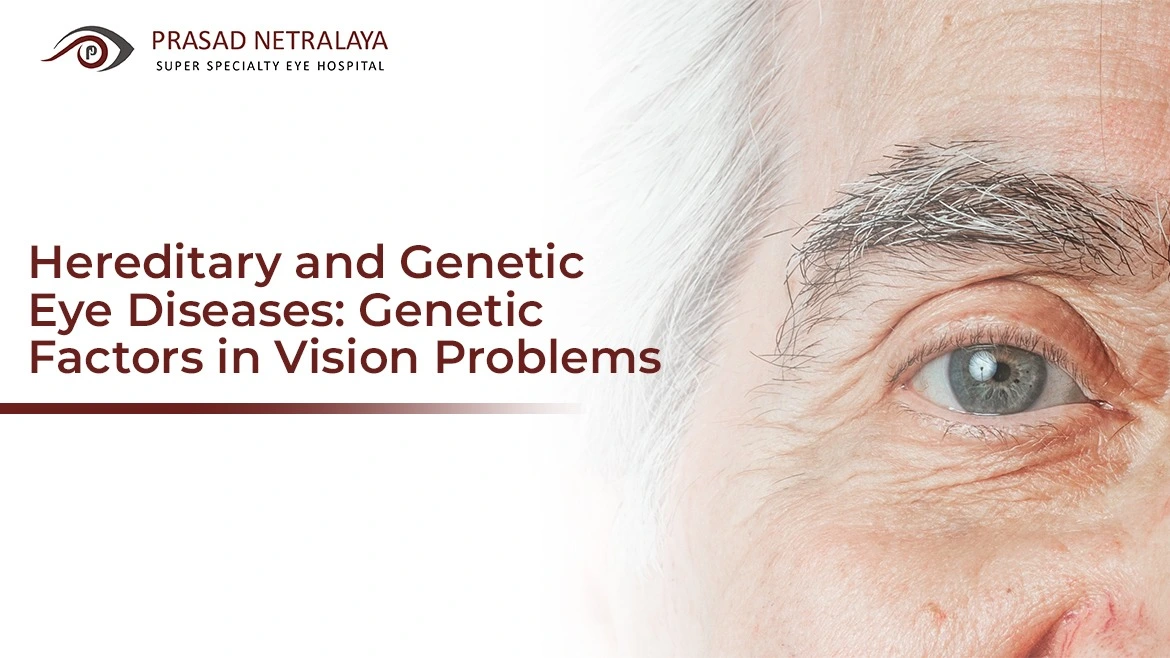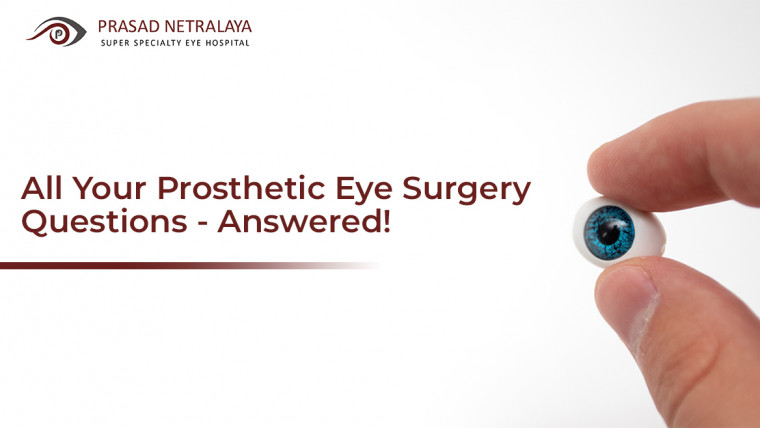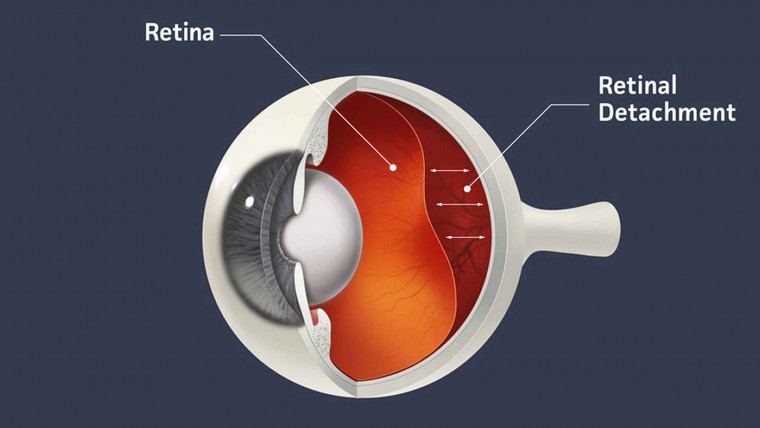Hereditary and genetic eye diseases are severe concerns in vision health, impacting millions globally. According to recent statistics, over 350 eye disorders have been found, with most of them having genetic origin.
Due to a lack of awareness and comprehension, people overlook the value of their family history in determining their risk for these disorders.
This blog intends to shed light on the hereditary variables that lead to vision disorders while giving valuable insights and updated stats on the prevalence of hereditary and genetic eye diseases.
Table of Contents
What Are Hereditary and Genetic Eye Diseases?
Hereditary eye disease, often known as genetic eye disease, is a group of vision abnormalities caused by genetic mutations or inherited genetic features. These diseases frequently significantly impact an individual’s eyesight and can manifest at various periods of life.
To improve your comprehension and awareness, we will delve into the main features of genetic eye diseases.
1. Prevalence
Over 12 million individuals in India are blind, while the global figure is as high as 37 million. Among the leading causes of blindness are cataracts and trachoma.
2. Mutation
Mutations or gene changes responsible for the eye’s development, maintenance, and function cause genetic eye disease. These mutations can cause structural or functional problems.
3. Hereditary
Genetic eye diseases are handed down from generation to generation, making them hereditary. A person with a family history of such disorders is likely to inherit or pass them on.
4. Variety of Conditions
This illness group includes Retinitis Pigmentosa, Glaucoma, Macular degeneration, Cataracts, Color Blindness, and Corneal Dystrophies.
5. Onset and Symptoms
Symptoms and the age at which they appear vary widely amongst genetic eye diseases. Some appear in childhood, while others may only appear later, around mid-30s or 50s.
6. Treatment Options
Advances in genetic research and medicines offer possibilities for people suffering from genetic eye diseases. Some innovative treatment methods include gene therapy, pharmacogenetics, and stem cell therapy.
7. Significance of Family History
Knowing your family’s eye health history is essential since it can help detect hereditary risk factors early on. Understanding your genetic predisposition allows you to take preventative measures for your health.
This knowledge enables you to make informed decisions, seek early diagnosis and investigate treatment alternatives, resulting in better management of various disorders and increased quality of overall health.
6 Common Hereditary Eye Disease in Humans
Below are some of the common hereditary eye diseases in humans that enable you to detect your eye problems earlier.
1. Retinits Pimentosa (RP)
RP is a rare hereditary disease that affects the retina’s photoreceptor cells. It frequently causes night blindness, progressive peripheral vision loss and, in later stages, central vision impairment.
2. Glaucoma
Glaucoma is a common hereditary eye condition that causes increasing intraocular pressure, optic nerve damage, and vision loss. A family history of Glaucoma is a substantial risk factor, with a 50% greater possibility of having the ailment if a first-degree relative has it.
Glaucoma causes blindness in 1.2 million people and accounts for 5.5% of total blindness in India, making it one of the primary causes of permanent blindness.
3. Age-Related Macular Degeneration (AMD)
AMD is hereditary and age-related. It primarily affects the macula, resulting in loss of central vision. A family history of AMD increases the likelihood of acquiring the condition. In India, the prevalence of this condition ranges from 39.5% to 0.3% among the 77 million people who are at or above 60 years of age.
4. Cataracts
While various reasons can induce cataracts, some cases contain a hereditary component. Although everyone’s genetic susceptibility to cataracts differs, they frequently connect early onset to specific congenital abnormalities.
5. Colour Blindness
Colour blindness is frequently genetic, with an X-linked recessive pattern that makes males more likely to be affected.
6. Cornea Dystrophies
Corneal dystrophies are a rare genetic illness that damages the cornea’s clarity. Corneal clouding or distorted vision are possible symptoms. The inheritance pattern differs according to the type of dystrophy.
Regular eye tests and knowledge of your family’s history can help you retain healthy eyesight and overall eye health.
Shaping the Future of Eye Health With Prasad Netralaya Eye Hospital
Understanding genetic eye diseases and the hereditary variables impacting visual challenges is vital in eye health. These disorders affect millions of people globally. Therefore, you can better detect, treat and prevent them by learning more about them.
You must have an assurance for brighter, sharper vision with the advancement of genetic eye treatments and a focus on early detection. Visit Prasad Netralaya Eye Hospital today and take charge of your eye health. Prioritise regular checkups and be informed of your family history.



